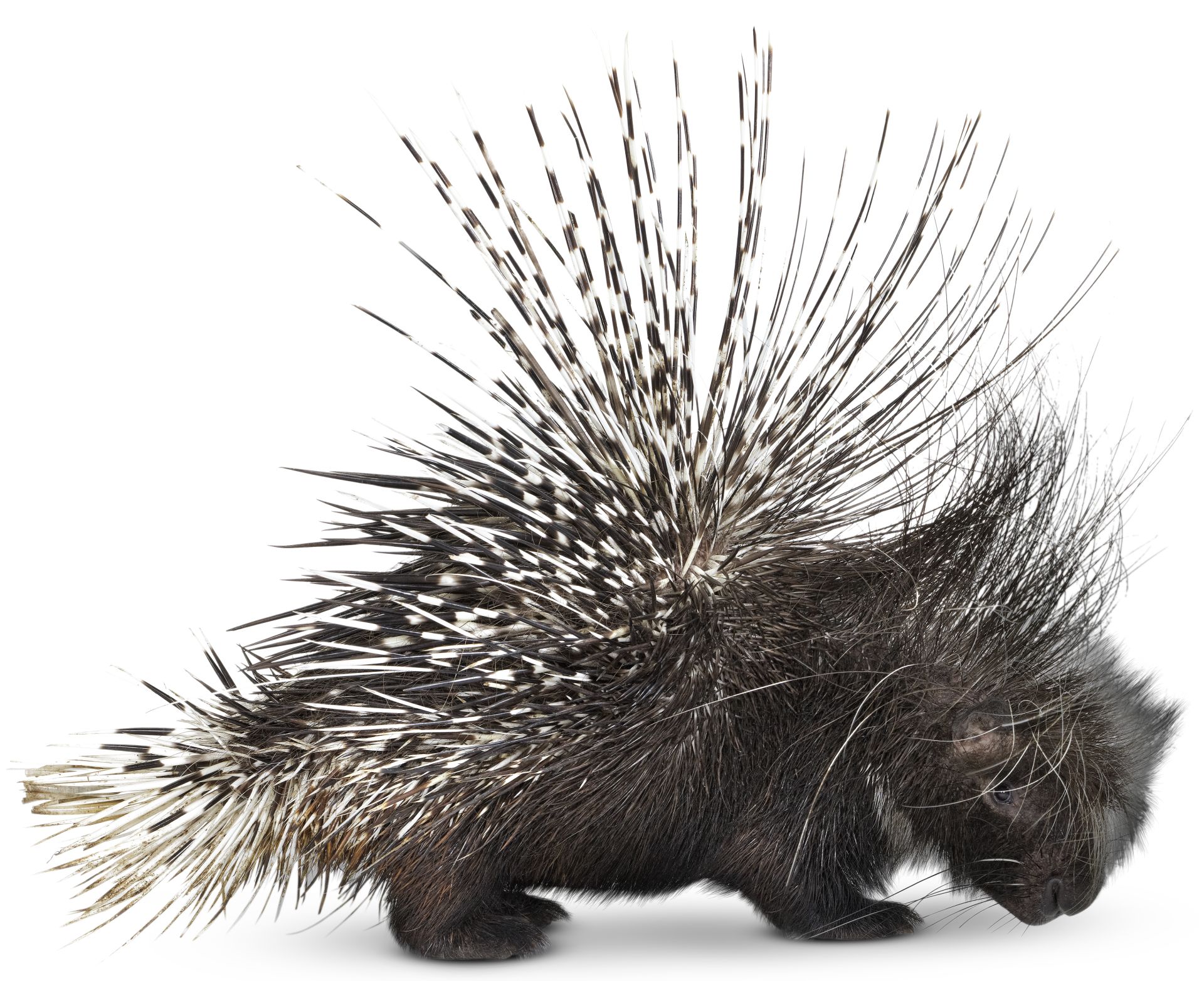
Crested Porcupine Crested Porcupine Facts DK Find Out
Animals without backbones include centipedes, millipedes, worms, jellyfish, octopuses, squids, corals, slugs, snails, crabs, shrimps, spiders, butterflies, they are all invertebrate groups which do not have a backbone. Animals Without Backbones : centipede

Animals Can Have Spine Conditions Too Dogs with Short Spine Syndrome
Animals without backbones are called invertebrates. They range from well known animals such as jellyfish, corals, slugs, snails, mussels, octopuses, crabs, shrimps, spiders, butterflies and beetles to much less well known animals such as flatworms, tapeworms, siphunculids, sea-mats and ticks. INVERTEBRATE EXHIBITS
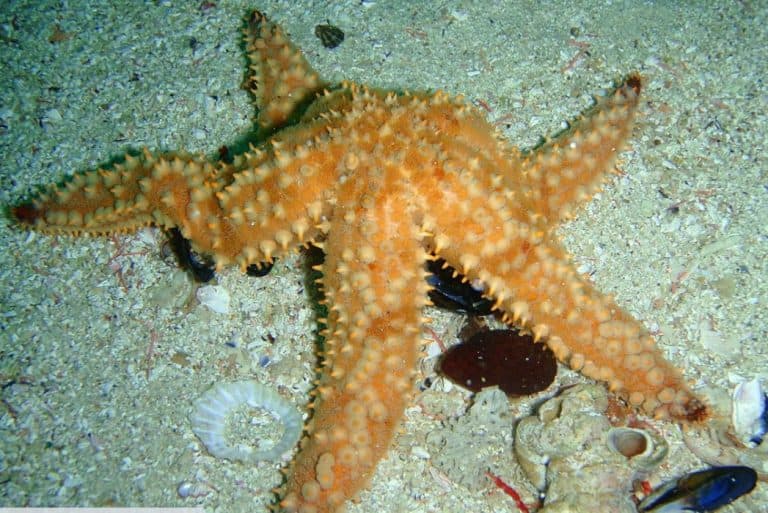
19 Animals With Dangerous Spines Or Quills (+ Pictures) AnimalTriangle
11 Animals Without Brains 1. Jellyfish jellyfish glowing in the dark underwater Scientific Name: Scyphozoa Even though jellyfish don't have brains, they do have neurons that send various signals all throughout the animal's body. Jellyfish also do not possess lungs or a heart. They instead absorb oxygen directly through their thin skin.
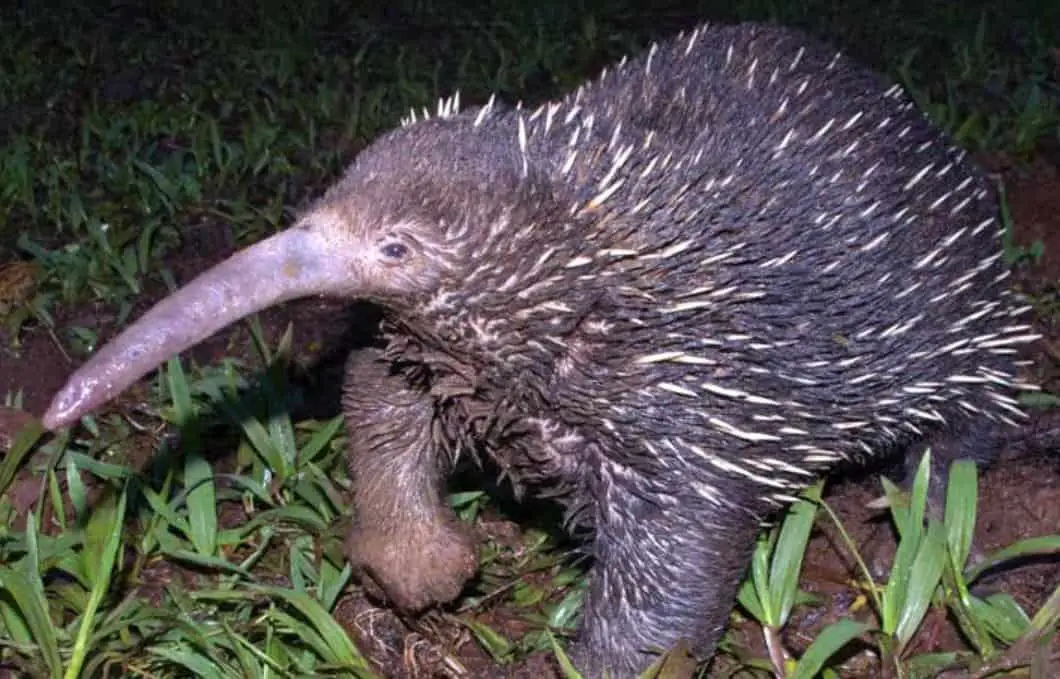
19 Animals With Dangerous Spines Or Quills (+ Pictures) AnimalTriangle
Invertebrates are animals without spines, while vertebrates have a spine. Invertebrates are sometimes (mistakenly) thought of as primitive because of their lack of developed organs. Their simple internal systems include respiratory systems such as gills or trachea and they often use an open circulatory system to pump their blood.

Pin on Horror
Animals without Spines. Some examples of animals without spines include insects, crustaceans, mollusks, and jellyfish. These animals have a wide range of body structures and adaptations that allow them to move, protect themselves, and survive in their environment. Evolution of Spines in Animals. The evolution of spines in animals is a complex.

Animals Without Backbones An Introduction to the Invertebrates by Ralph Buchsbaum
Marine invertebrates have been around for millions of years, but their existence is threatened: One of the effects of climate change is ocean acidification, "a simple chemistry experiment" whose consequences are "disastrous for marine invertebrates."
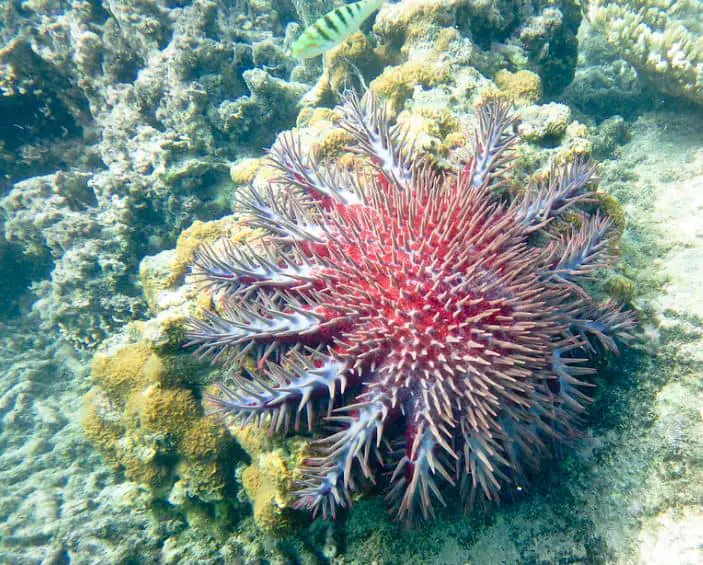
19 Animals With Dangerous Spines Or Quills (+ Pictures) AnimalTriangle
Plenty of animals without spines—like starfish, invertebrates that extrude their own stomachs to eat—are more closely related to us than to their shellfish prey. Certainly, some animals have.

19 Animals With Dangerous Spines Or Quills (+ Pictures) AnimalTriangle
Spinal mystery. No one knows why the hero shrew evolved super spine strength and flexibility. One theory is that the animals' spinal adaptations help them pry apart palm leaves in their central African forests to get at juicy insect larvae within. It makes sense, Smith says, although, she adds, no one has ever documented them doing that.

Fishy PufferUppers NWF Ranger Rick
Invertebrates are animals without spines, including insects, snails, worms, crabs, and squids. Even though we know a lot less about the lives of invertebrates compared to vertebrates like birds, mammals, fish, amphibians, and reptiles, invertebrates actually make up a stunning 95% of all the different animals on Earth! That means a lot of.

These 15 Animals Without Hair Are Barely Recognizable Hairless animals, Hairless, Animals
Final Thoughts: life without a spine is a fact for the majority of invertebrate animals on this planet. This hub is merely an introduction, as there are about 35 animal phyla (only one of which is vertebrate). The mentioned phyla are merely the best described and have the most known species.
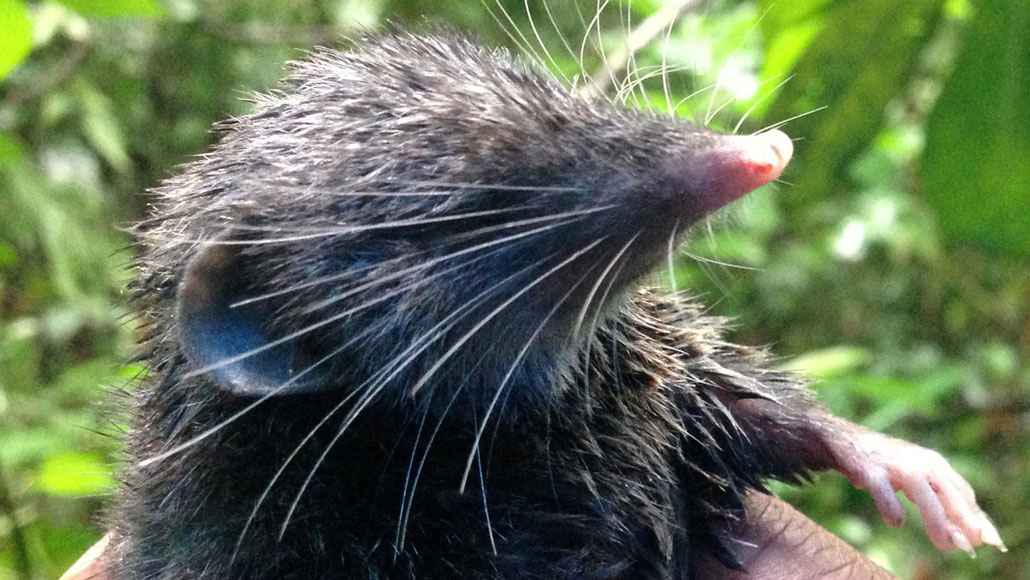
Here’s why a hero shrew has the sturdiest spine of any mammal
10 Fire Urchin Fire urchins are spineless—as in lacking a back bone—but make up for it with the worst external spines of any animal on Earth. Unlike many urchins, these aggressive hunters actively pursue their prey with tiny jaws attached to venomous spines.

ADW hedgehog.jpg
Invertebrates is an umbrella term describing animals that neither develop nor retain a vertebral column (commonly known as a spine or backbone), which evolved from the notochord.It is a paraphyletic grouping including all animals excluding the chordate subphylum Vertebrata, i.e. vertebrates.Well-known phyla of invertebrates include arthropods, mollusks, annelids, echinoderms, flatworms.

These animals without hair look naked that they are almost unknown Page 4 of 8
Invertebrates are animals without spines, including insects, arachnids, crustaceans, mollusks, annelids, and more. The Tully monster, or Tullimonstrum gregarium, was a soft-bodied marine.

Baby hedgehog without spikes baffles experts Press and Journal
Mikhalevich, Irina and Powell, Russell (2020) Minds without spines: Evolutionarily inclusive animal ethics. Animal Sentience 29(1) DOI: 10.51291/2377-7478.1527 Date of submission: 2019-09-26 Date of acceptance: 2020-06-04 This article has appeared in the journal Animal Sentience, a peer-reviewed journal on animal cognition and feeling.

Breeders Abandoned 'Ugly' Puppy With Short Spine Because Of Inbreeding Goodfullness
Marine roundworm Peanut worm on a golf-ball sponge Bristle-worm Sea creatures without a backbone are called marine invertebrates. They are the largest group in the world's oceans. Of the 12,700 types of animal in New Zealand waters, about 90% have no backbone. They come in many shapes and sizes.

Free Images animal, wildlife, pebble, mammal, fauna, vertebrate, spines, porcupine, echidna
The vast majority of animals are invertebrates, animals without backbones like bugs, worms, snails, corals, sponges and many other obscure squiggly and creepy crawly things. In fact, 95% of the 1.4 million known animal species are invertebrates, and among invertebrates, arthropods (insects, crustaceans, spiders and relatives) are by far the.